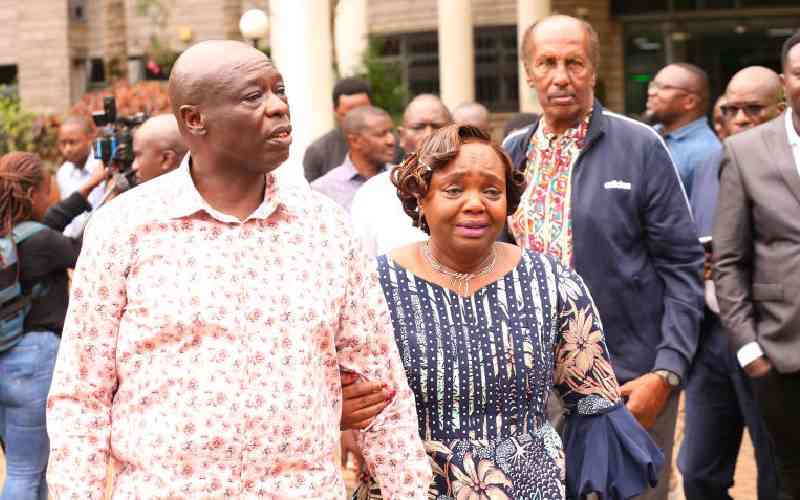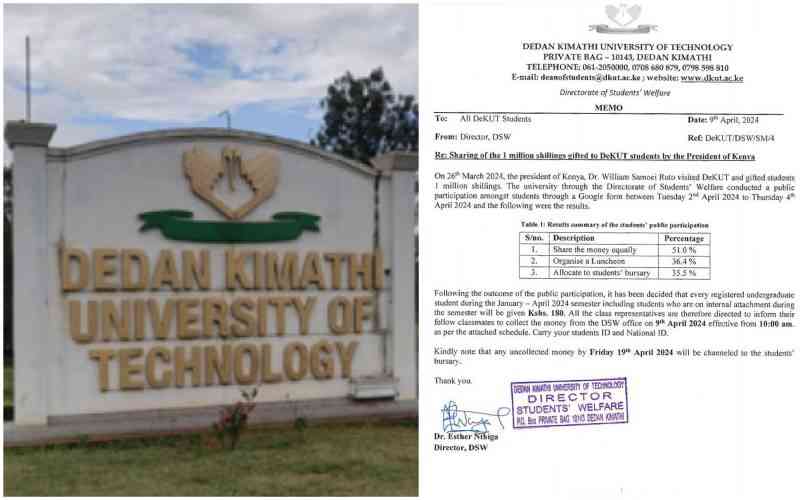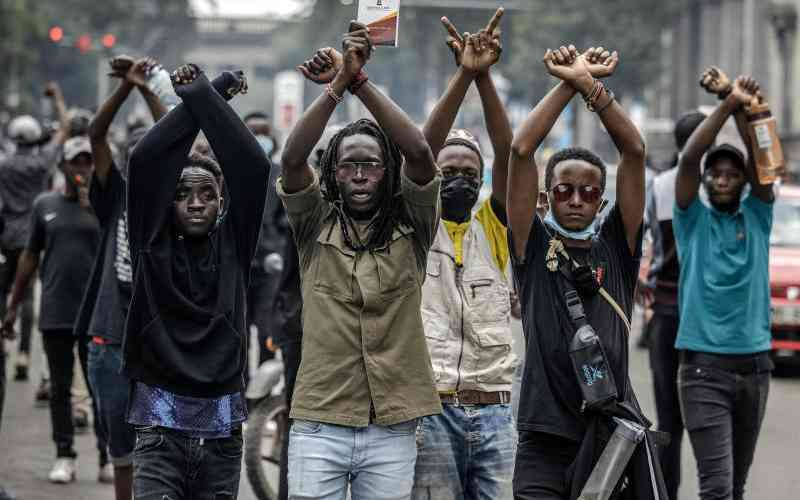By KAMAU MUTUNGA
There were hardly any stirred eulogies when Ian Henderson, 86, closed his gate in April 2013. The British colonial policeman who played a major role in subduing the Mau Mau revolt in Kenya was deported when Kenya gained independence in 1963.
But Henderson, a colonial copper nicknamed Kinyanjui single-mindedly sustained the search for elusive freedom fighter Dedan Kimathi, who was finally captured on October 21, 1956.
Chief Justice Sir Kennedy O’Connor sentenced Kimathi to death, effectively ending the Mau Mau insurgency and Kenya’s State of Emergency. “Ian Henderson has probably done more than any single individual to bring the Emergency to an end,” wrote Army Col-Lt Sir Gerald Lathbury before he left Kenya in 1957, the year Kimathi was hanged in Nairobi.
It was easy for Henderson to capture Kimathi, a feat for which he was awarded two George Medals, the highest honours for a non-military officer.
The Scottish-born Henderson’s family lived in a coffee farm on the outskirts of Nyeri town and without mzungu playmates, Henderson lived and interacted with the Kikuyus.
He learnt fluent Kikuyu besides being conversant with Aberdare and Mt Kenya forests where the Mau Mau later hid. The experience provided him with skills of tracking and bushcraft as he told Philip Goodhart in Man Hunt in Kenya, Henderson’s 1958 account of how he captured Dedan Kimathi using ‘intelligence’ from disgruntled Mau Mau elements re-dyed into turncoats and spies.
The Colonial Police force had a shortage of personnel due to war commitments necessitating the 1943 National Service Act mandating the conscription of Kenyan Europeans. But Henderson had no career illusions when he joined the Colonial Police. After all, he boasted one extraordinary qualification: knowledge of Kikuyu people, language and mindset. Knowing where to get information proved vital too.
Brutal campaign
When 18 houses were broken into in Nanyuki, local police were clueless until Henderson solved 15 of the robberies in a fortnight.
He was shortly handling robberies and murder cases. By 1952 — when Governor Evelyn Baring declared the State of Emergency that October — the 25-year-old was with the Special Branch; handling the brutal campaign against the Mau Mau in Central Kenya.
Henderson was aided by police reinforcement, eight British regiments and a Home Guard force of 25,000 loyal Africans against a ragtag militia fighting for uhuru using guns fashioned from odd scraps of iron piping, door bolts, rubber bands and bits of wire while running 70 miles (112km) through the forest while barefoot in a single day.
And with the African policeman Gathieya Ndirangu as a dutiful sidekick, subduing the ‘terrorists’ was only a matter of time.
Richard Catling, first Commissioner of Kenya Police noted that “it is his deep knowledge of the Kikuyu people, their language and their customs that enabled Hendersonto reach into their minds and influence their thoughts in the way he wished. He knew the enemy as did few, if any, other Europeans in Kenya’s security forces.”
When his friends were teeing off on the 9th hole, Henderson would plunge into Mt Kenya forest searching for General China (Waruhiu Itote), one of the principal Mau Mau leaders. He would be rewarded with a bullet through the left arm.
Stay informed. Subscribe to our newsletter
General China was captured in 1954. His Interrogator-in-Chief was Henderson, then with extra duties to negotiate surrender terms with Mau Mau leaders. Henderson led his party into the forest and talked for the government. He alone knew both the thickets of the forest and file thickets of the terrorist mind,” writes Goodhart, but most times “the negotiations were protracted, and the conditions were trying. Whenever Henderson or his colleagues reached into their pockets for a cigarette or a handkerchief, the terrorist leaders would suspect a trap and grab their weapons.”
Though success was unyielding, the armless trips to armed militia zones earned Henderson his two George Medals in ’54 and ’55 with a citation reading: “The nature of his assignments made it necessary for Mr Henderson to travel frequently into the forests and parts of the reserves occupied by terrorists under conditions of extreme vulnerability in order to achieve the objective.”
Ian Henderson employed the strategy of pseudo-gangs and fake guerilla bands comprising former freedom fighters and although “the methods of conversions were many, the key to their success was kind and gentle handling,” he recalled.
The capture of Dedan Kimathi was sealed when Hungu, with colleague Gati escaped before eight lash strokes were meted on Hungu for sleeping with a female Mau Mau — the pleasure of privileged leaders of which Hungu was not. Escaping death, Hungu and Gati wrote Henderson surrender letters and when they first met and spoke, he had a cop’s instinct that it “was not only the end of the beginning of our scheme, but the beginning of the end of Dedan Kimathi.”
Gati and Hungu were incorporated into Henderson’s pseudo-gang that in turn recruited others.
Philip Goodhart writes in Man Hunt in Kenya: “Dressed in rags, with faces blackened by burnt cork and boot polish, they roamed through the forest and accounted for still more gangsters. Many terrorists, impressed by the hopelessness of their existence, surrendered. Many were killed during intra-Mau Mau arguments. Some died of disease or just plain hardship while others were killed by the security forces.”
Henderson’s gangs infiltrated the Mau Mau in the plan that became “the key to the ultimate success of our whole venture,” recalled Henderson of events that led to the gangs selling out on October 21, 1956. “Ian was just about the only window I had on the Mau Mau mind,” piped Police Commissioner Catling. “Henderson was also the only window through which the terrorists could look at the outside world. Kinyanjui was their last telephone wire, their last link with the government and with civilisation.”
 The Standard Group Plc is a
multi-media organization with investments in media platforms spanning newspaper
print operations, television, radio broadcasting, digital and online services. The
Standard Group is recognized as a leading multi-media house in Kenya with a key
influence in matters of national and international interest.
The Standard Group Plc is a
multi-media organization with investments in media platforms spanning newspaper
print operations, television, radio broadcasting, digital and online services. The
Standard Group is recognized as a leading multi-media house in Kenya with a key
influence in matters of national and international interest.
 The Standard Group Plc is a
multi-media organization with investments in media platforms spanning newspaper
print operations, television, radio broadcasting, digital and online services. The
Standard Group is recognized as a leading multi-media house in Kenya with a key
influence in matters of national and international interest.
The Standard Group Plc is a
multi-media organization with investments in media platforms spanning newspaper
print operations, television, radio broadcasting, digital and online services. The
Standard Group is recognized as a leading multi-media house in Kenya with a key
influence in matters of national and international interest.








